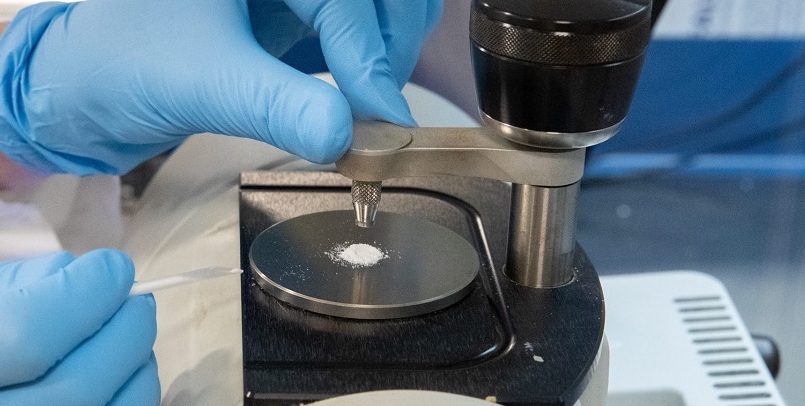Schedule a Call Back
India, guiding the world’s way to green transition
 Articles
Articles- Sep 30,23
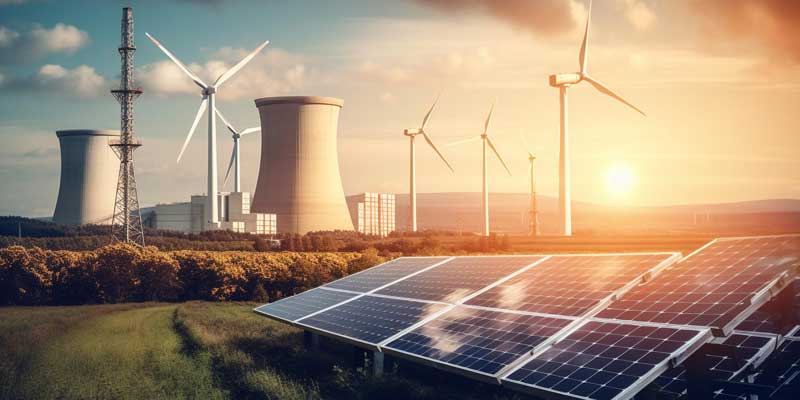
- National Green Hydrogen Mission with an outlay of Rs 19,744 crore from FY 2023-24 to FY 2029-30.
- 50 Solar Parks with aggregate capacity of 37,990 MW in 12 States across the country.
- Construction and development of Dibang Hydro Power Project, Dibang Valley, Arunachal Pradesh for $4.15 billion.
- British International Investment (BII) investment plan for $1 billion in Indian climate-related projects by 2026
Related Stories
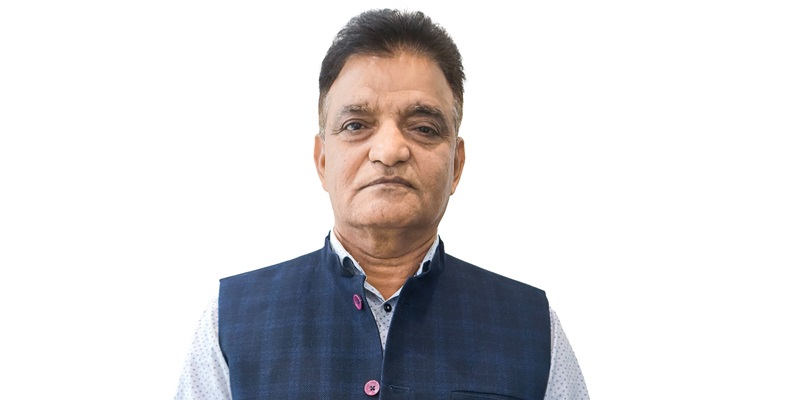
Gruner Renewable Energy appoints Ajmal Singh Kathat as Executive Vice President
In his new position at Gruner Renewable Energy, Ajmal will oversee critical areas, including people and manpower management, intelligence and security measures, internal and external asset managemen..
Read more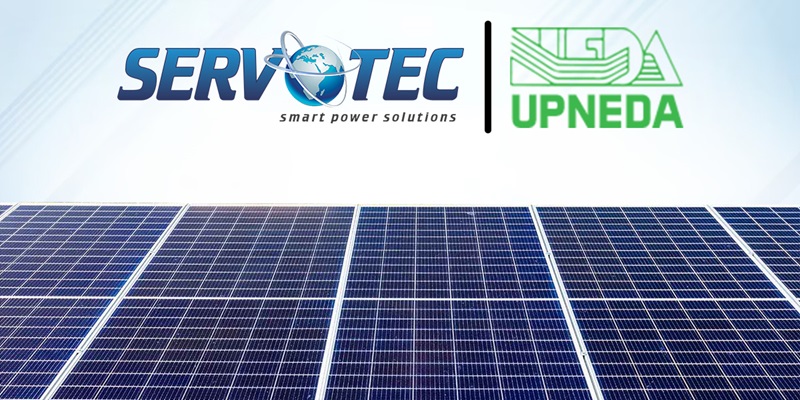
Servotech secures order of 2 MW on-grid solar power plant from UPNEDA
The project also encompasses Servotech to deliver warranty maintenance for the next 5 years, tending to different 11 to 100 kW on-grid solar PV installations done at 67 various locations in the stat..
Read more
India aims for complete solar manufacturing ecosystem in 4-5 years: Avaada Group
Like the solar sector, hydrogen’s costs will only drop with significant investment and policy support, allowing prices to eventually compete with conventional fuels like grey and blue ammonia.
Read moreRelated Products

Power Conversion Systems
POM Systems & Services Pvt Ltd offers a wide range of
PCS power conversion systems energy storage.
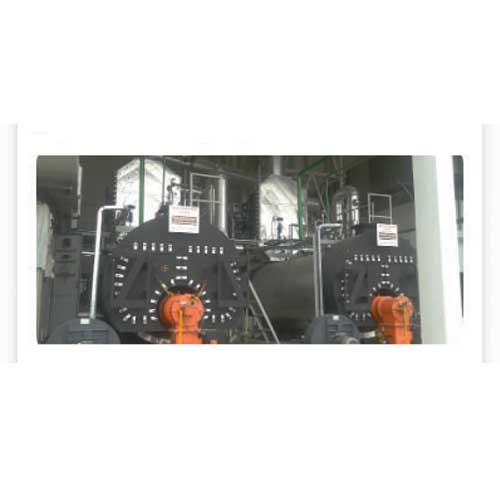
Hot Water Generators
Transparent Energy Systems Private Limited offers a wide range of Hot water generators - Aquawarm Superplus.

Scrap Baling Press
Fluid Power Machines offers hydraulic scrap baling press. Read more






